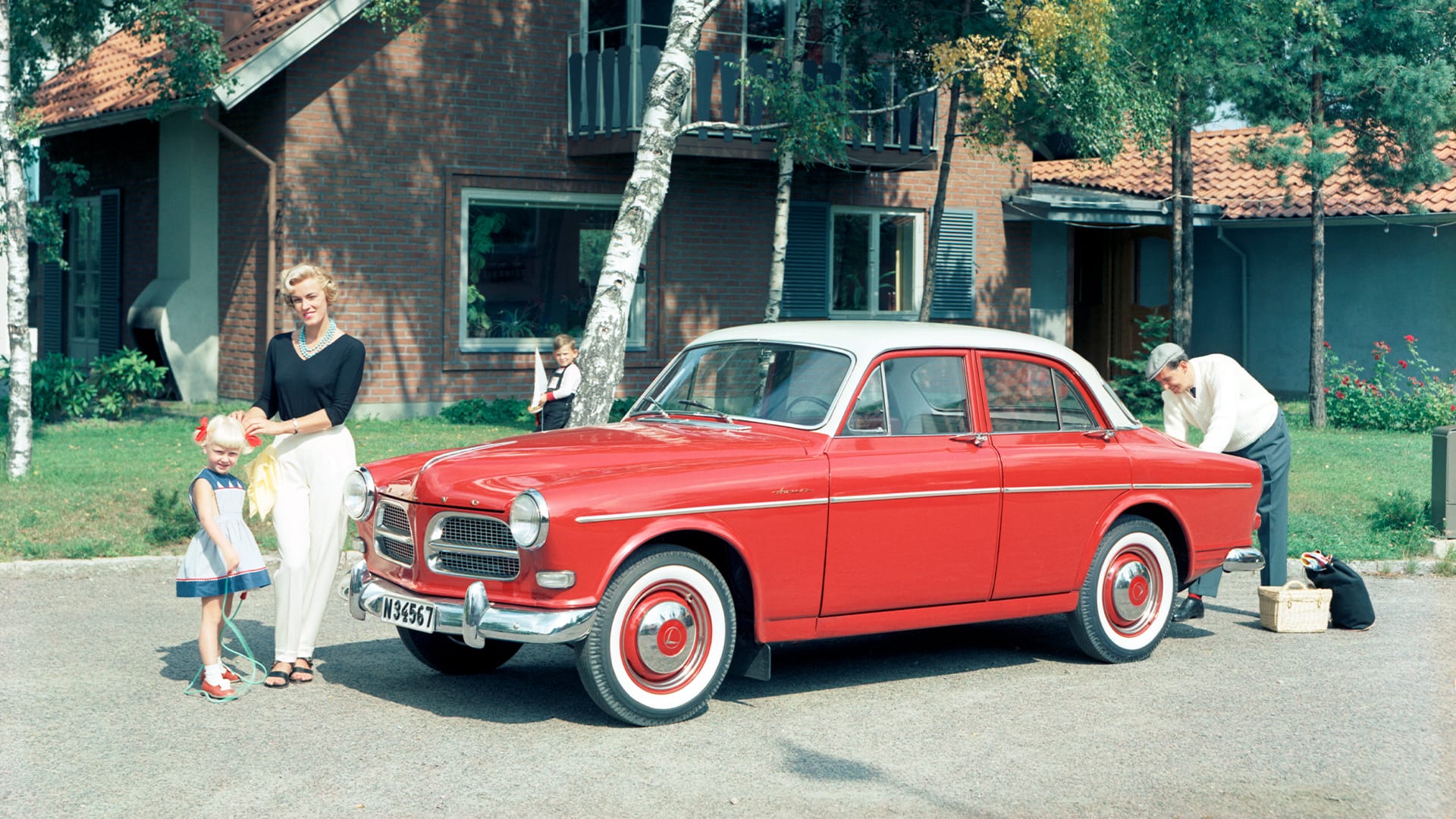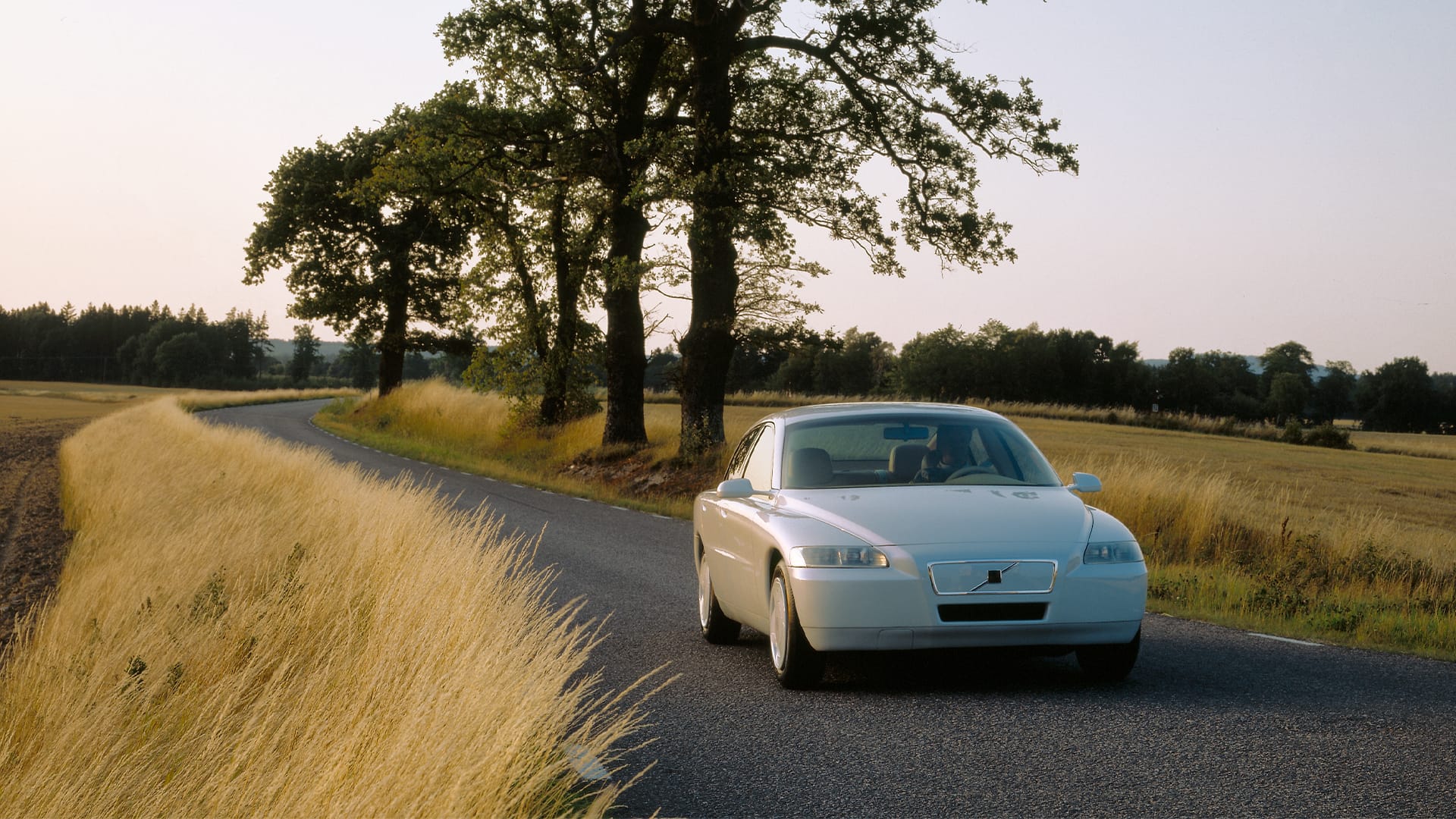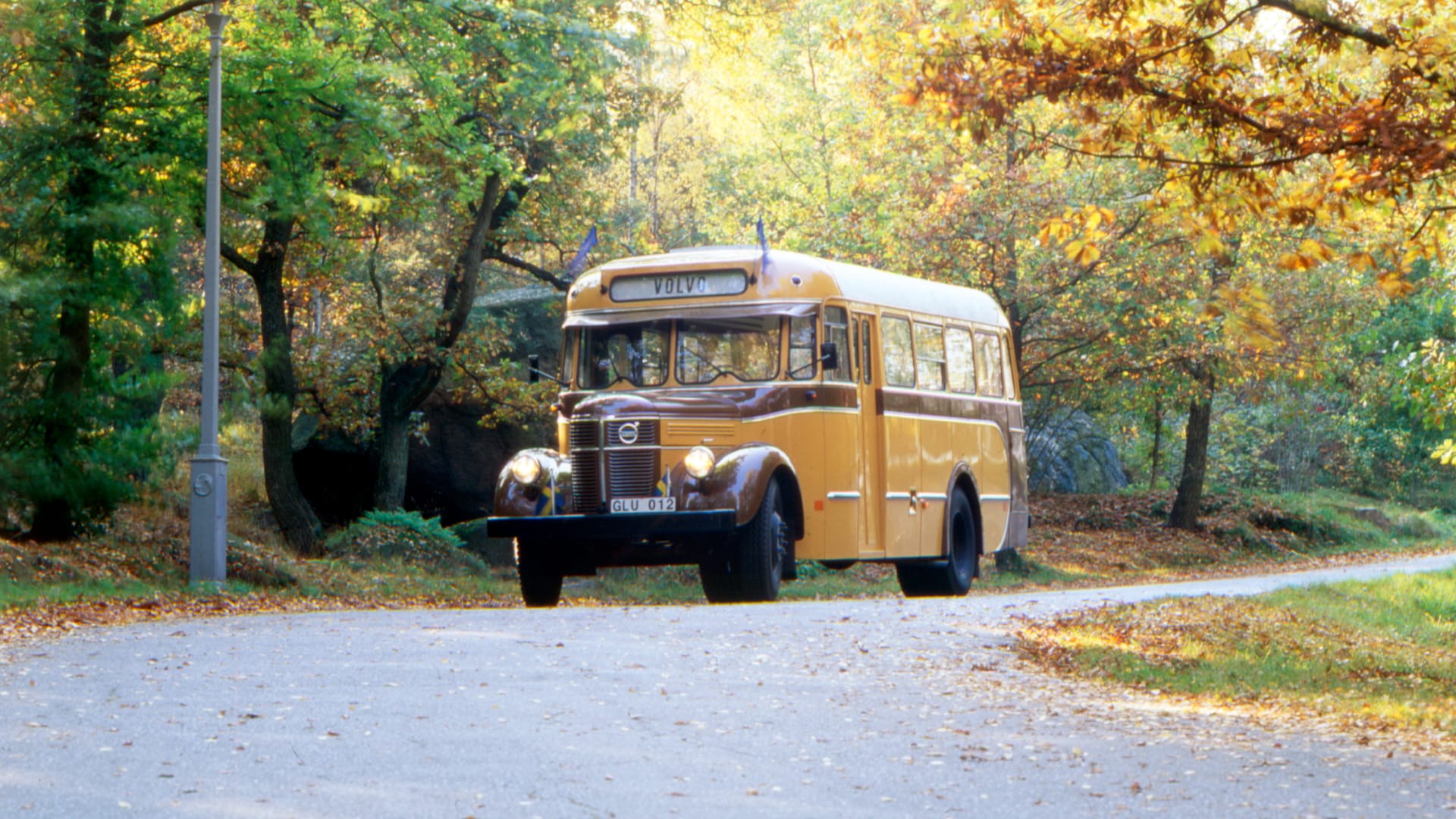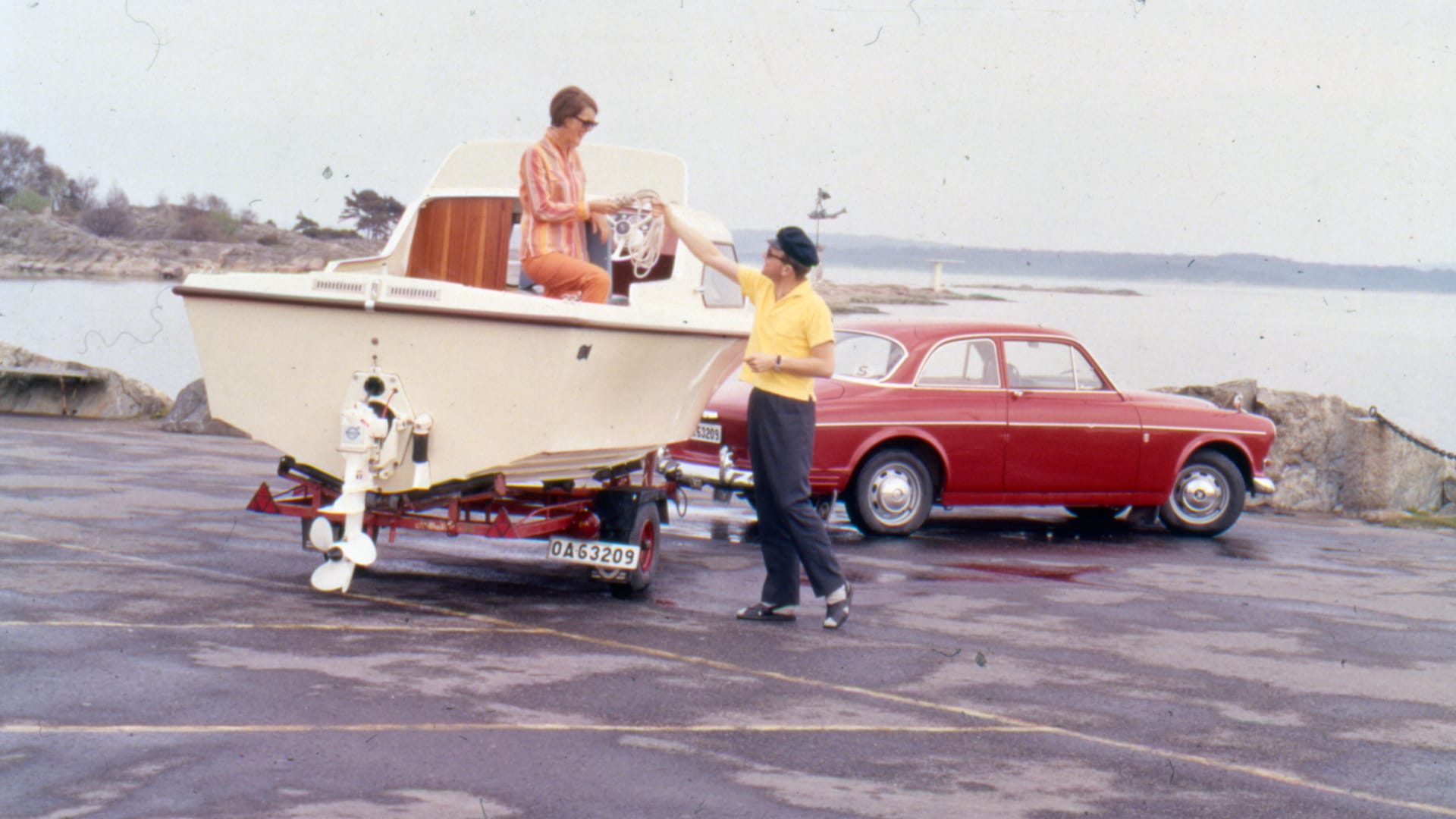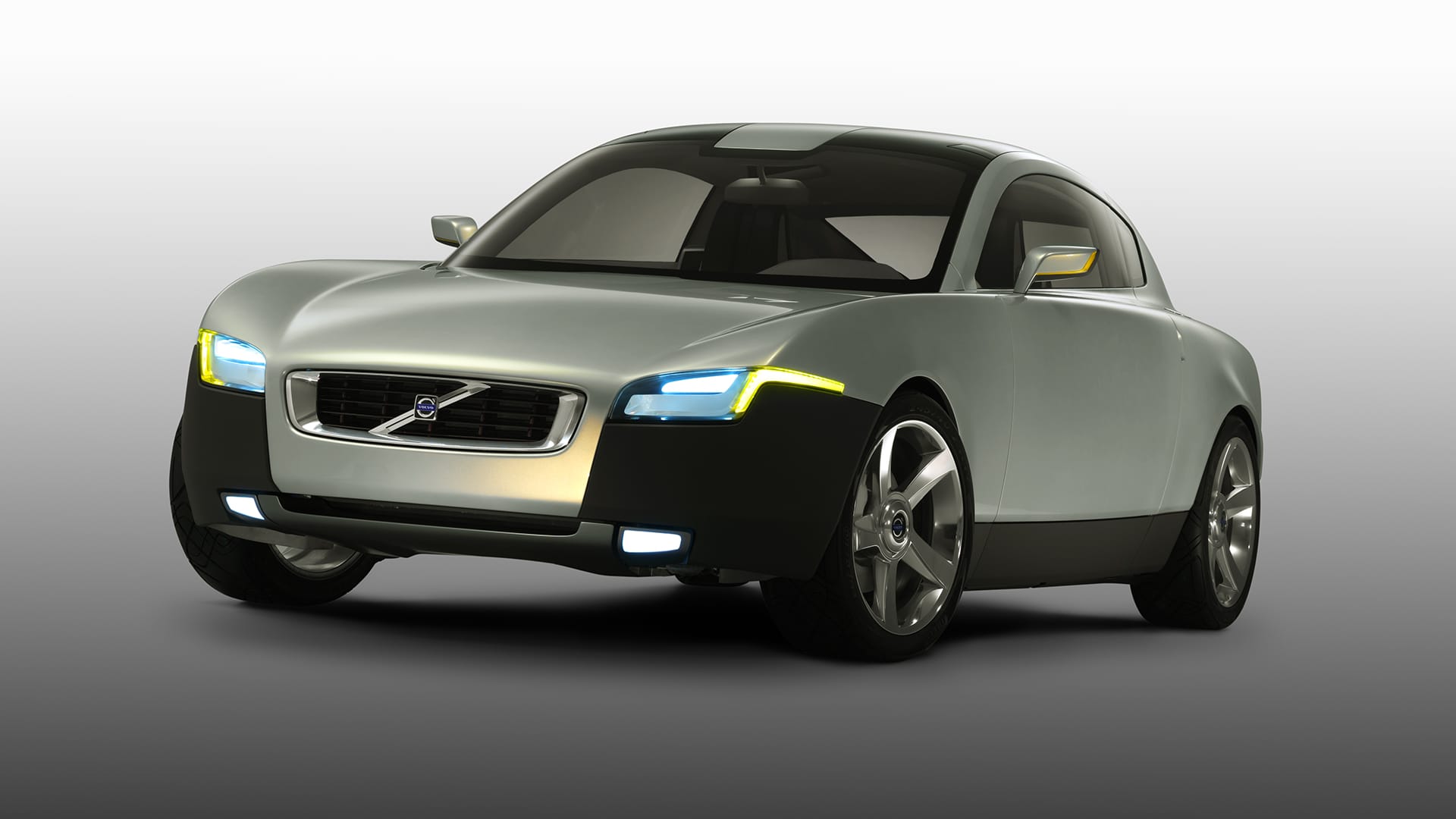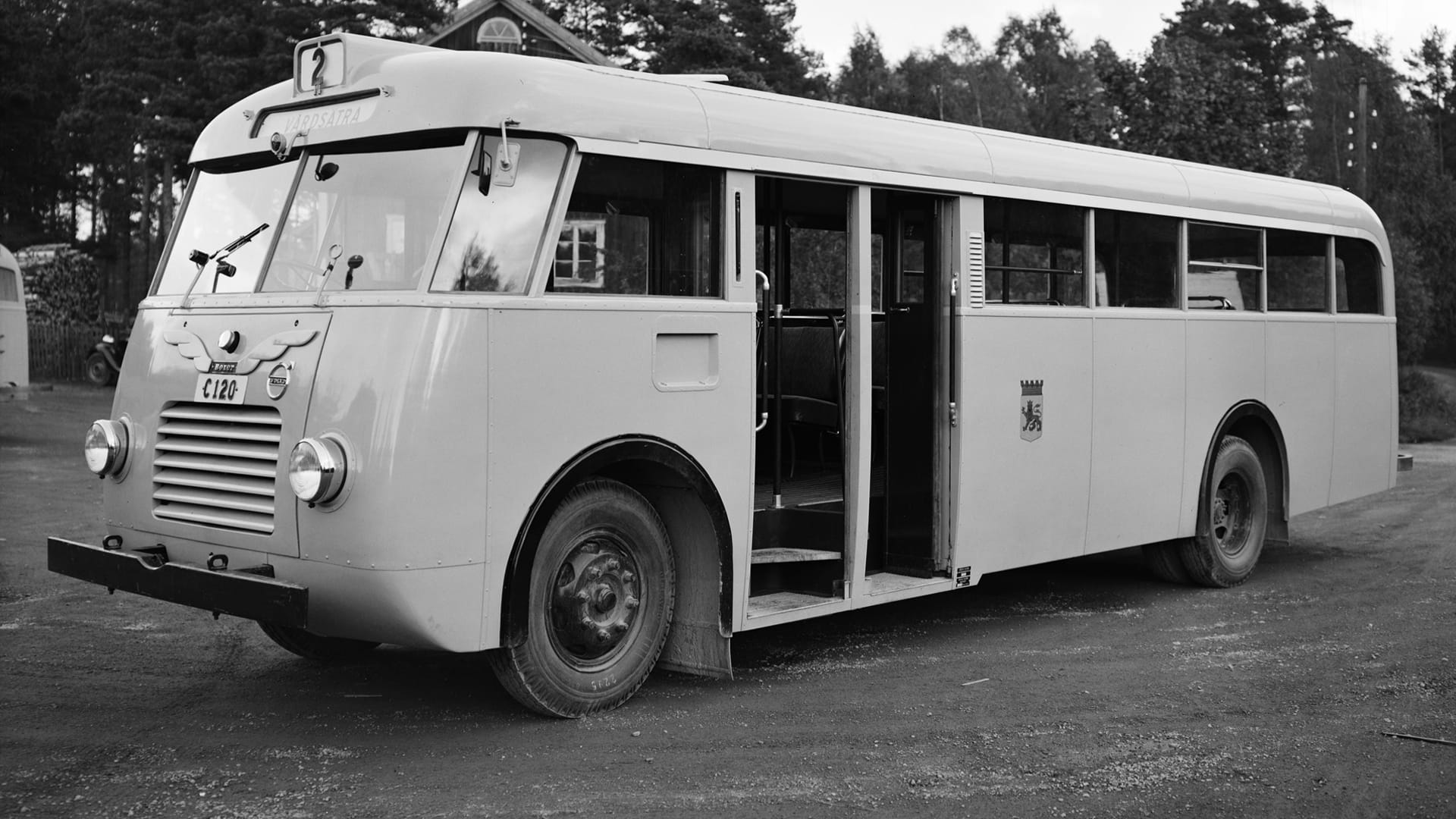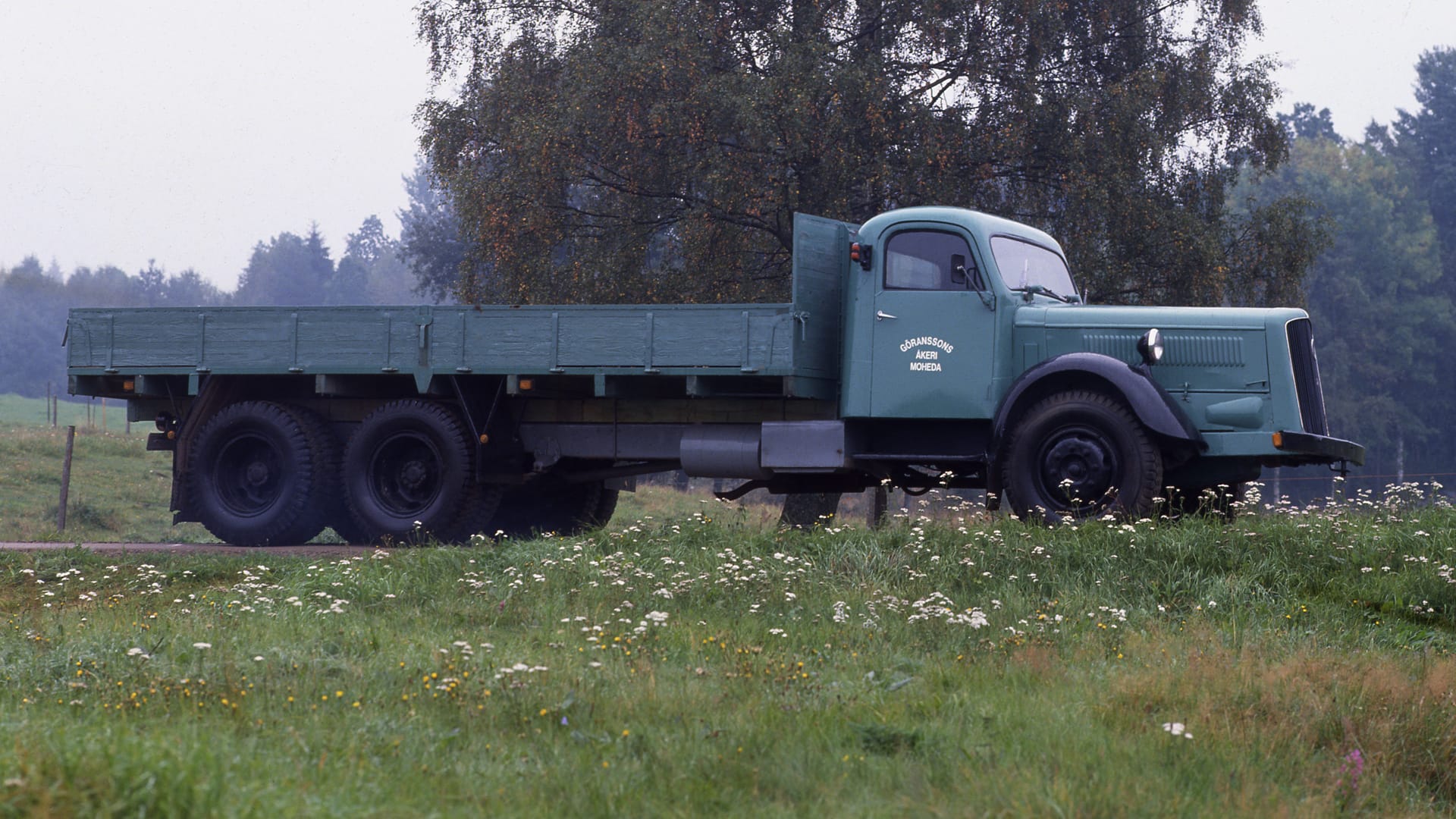Volvo F88

Eight new systems on one board
From the outside, there's very little to notice, but beneath the surface, a revolution is underway.
In 1965, Volvo renewed all its trucks in the largest development leap taken so far. It was necessary; much of the technology in the trucks dated back to the 1930s, and they were starting to lose both competitiveness and profitability. The F88 showcased at the World of Volvo exhibition is from 1975.
The F88 becomes the prime symbol of eight sweeping changes encapsulated under the term System 8. The most significant news is a fully synchronized gearbox with four gear positions, divided into low and high gears. This enables the same truck to be used under various conditions. With the trucks from System 8, Volvo's export successes take off.
Master plan
The need to replace the Titan model from 1951 has grown significantly. Some components have been around since the 1930s, and now a new generation of trucks is required. Volvo's management thus initiates a comprehensive development program called GP, which stands for General Plan. After defining eight areas for change, the plan is renamed System 8 – and all new trucks receive an 8 in their model names.
Tiltable cab
The eight areas included in System 8 are the engine, gearbox, final drive, frame, steering, brakes, suspension, and cab. The latter is inherited from the predecessor Titan Tiptop, introduced in 1964, the first truck in Europe with a tiltable cab. This provides a clear advantage over competitors' trucks with fixed cabs, as their engines are hard to reach and require long service times, resulting in income loss. The cab in the F88 rests on rubber cushions, has sprung seats, better insulation, and offers better visibility than other trucks.
New construction
The rest of the truck is entirely redesigned, with a stronger chassis and suspensions, a new gearbox, and a new engine. The engine in the F88 has the same volume as before (9.6 litres) but is entirely different in construction and has higher output: 166 hp without a turbo and 260 hp with a turbo. The gearbox is entirely new, fully synchronized, and has four gear positions, but can be divided into low and high gears via a button on top of the gear lever, known as a range-splitter. The F88 remains largely unchanged during its lifecycle, but in 1969, the option to further split the gears is introduced, providing the driver with access to 16 gears.
Exports
For Volvo, the F88 is a milestone in strengthening the brand, especially abroad. Just like with passenger cars, the Swedish market for trucks is too small for Volvo's long-term survival, and an emphasis on exports is crucial. Abroad, the reputation of tough Swedish driving conditions that demand vehicles with extra high quality spreads, undeniably a strong selling point. The F88 plays a crucial role in introducing Volvo trucks in several countries, including Germany, France, the United Kingdom, and Australia. It is also used as a long-distance haulage vehicle from Europe to the Middle East and Asia. Alongside the F88 itself, an organizational change occurs, which is vital for exports. In 1965, the subsidiary Volvo Europe is established, headquartered in Brussels, marking the beginning of expansion in Europe.






